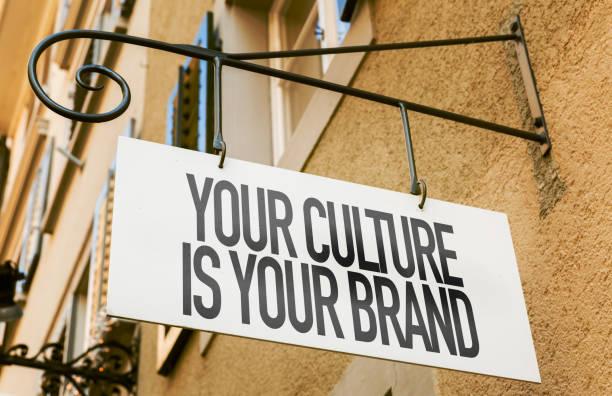YOUR CULTURE IS YOUR BRAND-How do different European countries express their cultural identities through food, fashion, and art? By Hugo Keji

European countries express their cultural identities through food, fashion, and art in distinct ways, reflecting their histories, climates, and traditions. Here's an overview of how some regions do this:
1. Food
European cuisine varies widely but is a key expression of cultural identity. For example:
- France is known for its gourmet cuisine, with fine pastries like croissants, delicate sauces, and a focus on wine and cheese, all representing a tradition of elegance and artistry in food.
- Italy highlights simplicity and quality with regional variations in dishes like pasta, pizza, and olive oil, embodying its Mediterranean lifestyle. Each region of Italy has its own unique specialties, from Roman carbonara to Neapolitan pizza.
- Spain embraces communal eating, seen in tapas culture and regional dishes like paella or gazpacho, reflecting a love for gathering and sharing meals.
- Germany focuses on hearty meals with sausages (wurst), bread, and beer, representing its agricultural roots and emphasis on sustenance.
- Scandinavia emphasizes sustainability and nature in dishes like cured fish, berries, and rye bread, reflecting a connection to the natural landscape.
AfriPrime App link: FREE to download...
https://www.amazon.com/Africircle-AfriPrime/dp/B0D2M3F2JT
2. Fashion
Fashion in Europe often mirrors the history, geography, and aesthetic preferences of each country:
- France is considered a global fashion hub, symbolizing refinement and innovation with brands like Chanel, Dior, and Louis Vuitton. Paris Fashion Week is a major event that sets trends worldwide.
- Italy also plays a key role in fashion, with Milan as a fashion capital. Italian fashion is often bold yet sophisticated, with brands like Gucci, Prada, and Versace emphasizing luxury and craftsmanship.
- Spain draws on regional styles, such as flamenco dresses in Andalusia or modern avant-garde fashion from designers like Balenciaga. The influence of traditional folk costumes is still seen in contemporary designs.
- Scandinavia promotes minimalism in fashion, with clean lines, simple designs, and a focus on functionality. Brands like Acne Studios and COS emphasize this Scandinavian aesthetic.
3. Art
Art across Europe is a reflection of diverse cultural histories, from Renaissance masterpieces to contemporary movements.
- Italy was the birthplace of the Renaissance, with artists like Michelangelo and Leonardo da Vinci shaping Western art. Italian cities, such as Florence, are renowned for their art museums and historic architecture.
- France is known for Impressionism, with artists like Monet, Renoir, and Degas creating new ways of seeing light and color. Modern art movements, like Surrealism and Cubism, also have deep French roots.
- Spain is home to influential figures like Picasso and Dalí, who revolutionized 20th-century art. Spain’s bold use of color and surreal elements often reflects its tumultuous history and passion.
- Germany gave rise to movements like Expressionism and Bauhaus, emphasizing abstract, often emotional, art that breaks from traditional forms. Post-World War II, German art frequently addresses themes of history, memory, and identity.
- The Netherlands is famous for Dutch Golden Age painters like Rembrandt and Vermeer, whose works reflect both everyday life and broader philosophical ideas about light, perspective, and human nature.
Each country's food, fashion, and art are deeply intertwined with its geography, history, and social values, making Europe a rich tapestry of cultural expressions.
AfriPrime App link: FREE to download...
- Questions and Answers
- Opinion
- Story/Motivational/Inspiring
- Technology
- Art
- Causes
- Crafts
- Dance
- Drinks
- Film/Movie
- Fitness
- Food
- Jogos
- Gardening
- Health
- Início
- Literature
- Music
- Networking
- Outro
- Party
- Religion
- Shopping
- Sports
- Theater
- Wellness
- News
- Culture
- War machines and policy

